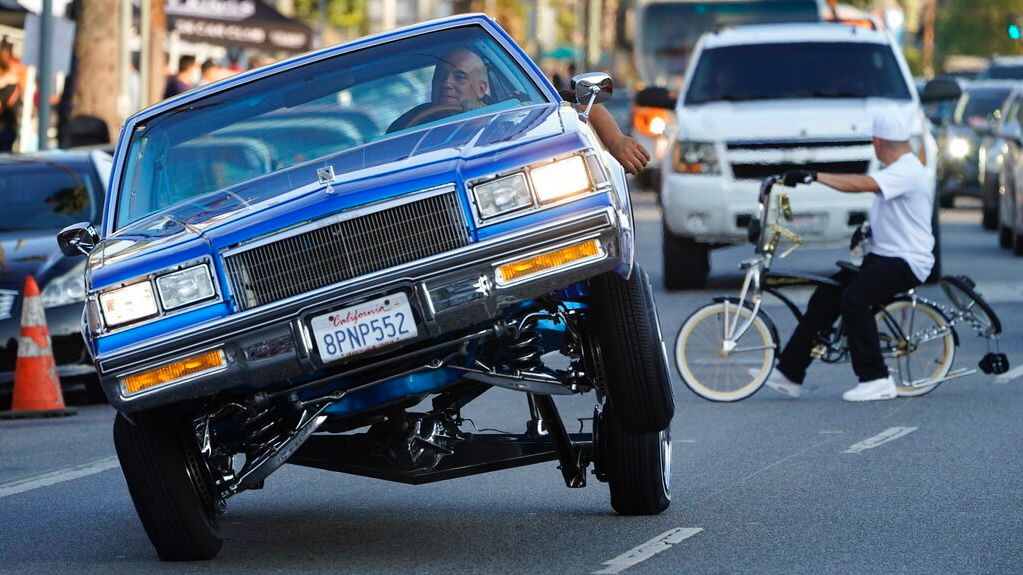The new year is just days away, and when the calendar turns, it will usher in a roster of new laws related to transportation.
Whether you’re driving, parking or bicycling, here are the new rules that will take effect Jan. 1.
More than 12,000 catalytic converters are stolen each year in California, making it the top state for thefts of the pollution control devices. To help combat the problem, the state legislature has adopted three new laws:
SB 55 generally prohibits car dealerships from selling a vehicle equipped with a catalytic converter unless it is permanently marked with its vehicle identification number.
AB 1519 makes the removal, alteration or obfuscation of a VIN or other unique marking on a catalytic converter a misdemeanor; possessing three or more altered catalytic converters is also a misdemeanor.
AB 641 makes it a misdemeanor for anyone other than a licensed automobile dismantler to have nine or more used catalytic converters that were cut from a vehicle in their possession.
Local governments can no longer ban vehicular cruising, following the enactment of AB 436. The law also prevents local governments from restricting cars whose heights have been modified, such as lowriders.
AB 436 repeals a law the state legislature approved in 1982 that had allowed cities to ban cruising.
Following the passage of SB 381, researchers at San Jose State University’s Mineta Transportation Institute will analyze data about injuries, crashes, emergency room visits and deaths related to using electric and non-electric bicycles.
The research is intended to improve rider safety.
Drivers will be prohibited from parking their vehicles within 20 feet of the vehicle-approach side of a crosswalk. Designed to deter pedestrian fatalities, disallowing parked cars so close to an area where pedestrians cross the street allows better visibility.
AB 413 allows local authorities to permit commercial vehicles to load or unload within 20 feet of a crosswalk through an ordinance process that also requires the use of signs or paint to indicate its use as a loading zone.
AB 645 allows Los Angeles, San Francisco, San Jose, Oakland, Long Beach and Glendale to install speed cameras in school zones, high-injury networks and areas that are popular for street racing.
Drivers who exceed the speed limit in the speed-camera zones will be fined $50 for traveling 11-15 miles per hour over the posted limit and $500 for traveling 100 miles per hour over the limit. As part of the pilot, the cities must conduct public information programs before they begin using the cameras.
The pilot program does not allow speed cameras on freeways or expressways.



